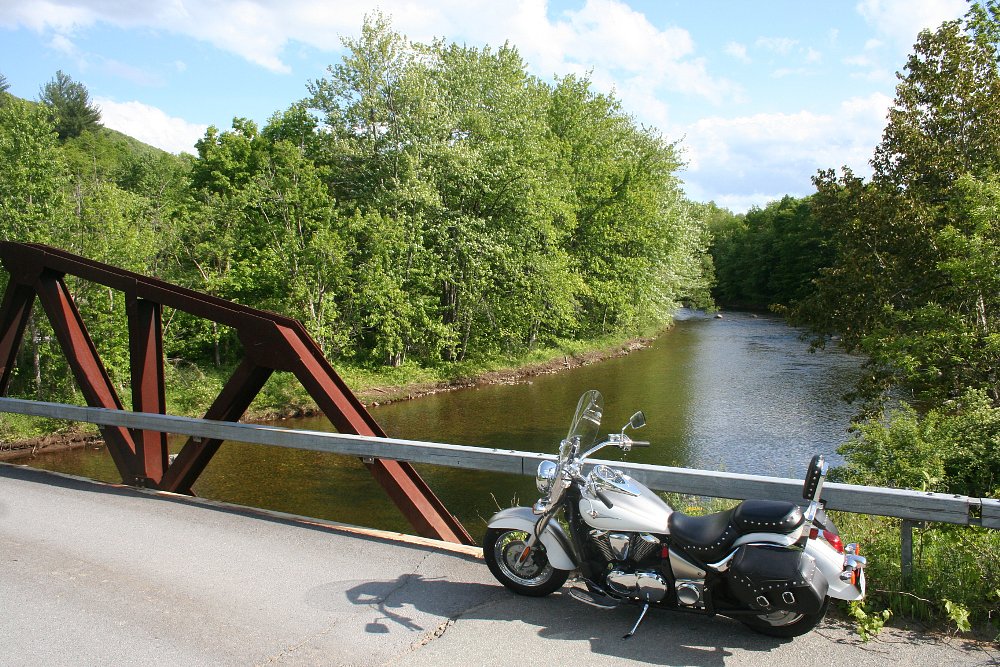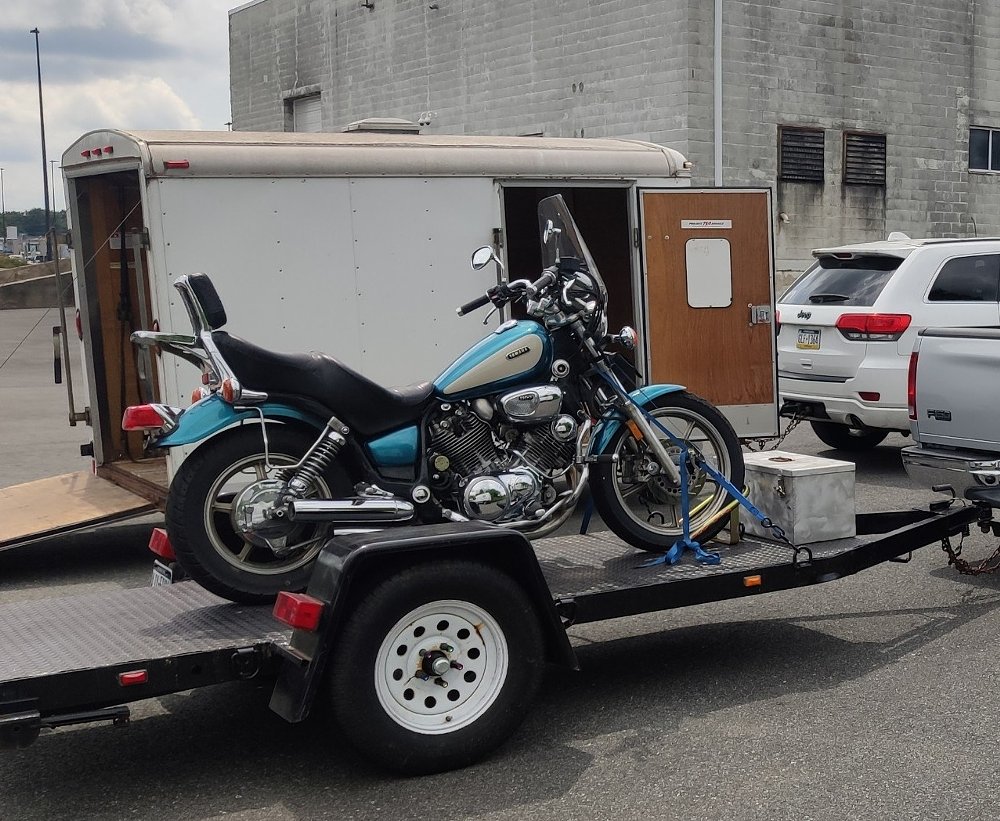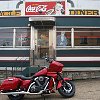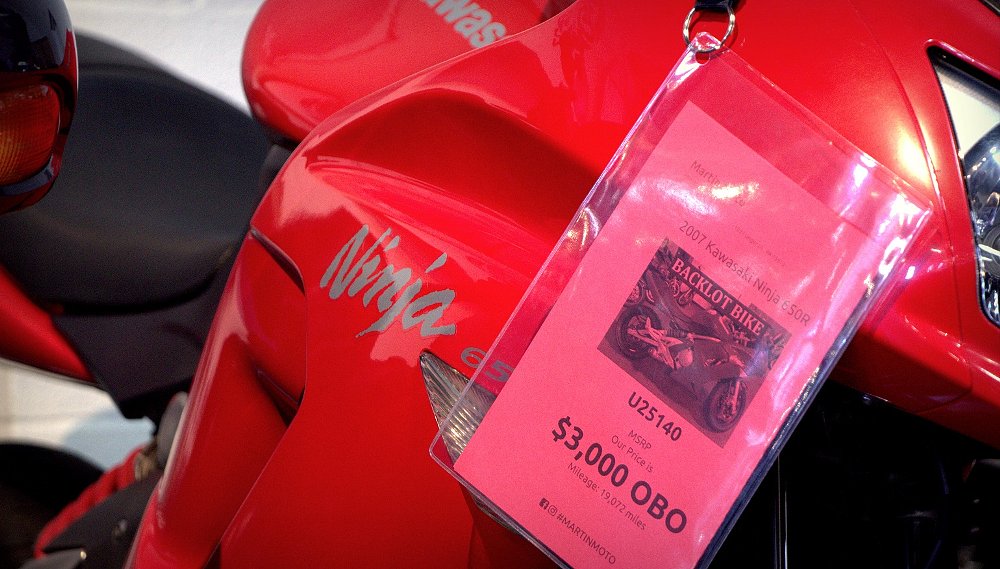I have a theory that’s been brewing for a bit: Used Japanese cruisers are the last blue-collar motorcycle left in this country.
I know I am perhaps more tuned in than most to motorcycle prices, but I also believe the vanishing affordability of two-wheeled transport affects motorcycling’s general accessibility (and thus its future) more than seasoned riders realize.
For the majority of my motorcycling career (which is beginning to look alarmingly long), the motorcycles that were within my reach had a low cost of acquisition, were simple to repair and most were incredibly durable, as well. Right now, if you bought me a beer and asked me to tell you where to find something like that in today’s overheated used motorcycle market, I'd push you toward a copycat cruiser, for three reasons.

Value
Although I love American motorcycles, they have not been easy for me to acquire. They've always been a luxury ride, even since the early days, and I think the prices went even farther north in the 1980s when riding a motorcycle became fairly mainstream. Euro bikes are in the same department, for the most part (though there is a notable exception I'll mention in a moment). If you want a cheap bike, you have to buy Chinese or Japanese. If you want a cheap bike that runs well and has good dealer support, Japanese is the only game in town.
As a young man with a blue-collar job, I rode Japanese UJMs or standards. I could purchase a neglected one that was 10 or 20 years old for a song and usually have a good runner after a weekend of hard work. They've gotten more and more expensive over the years and even parts have gone sky-high, too. With a straight face, the counterman at Ray’s Yamaha recently quoted me $159 on a part for an older Yamaha that has a retail list price of $5.49, and bike breakers like Mach IV Motors have found that splitting up complete machines is profitable, raising prices for parts and further reducing the supply of complete motorcycles.
However, the cost of motorcycles and parts alike is still very modest for Japanese cruisers, since those phenomena haven't affected them… yet. Maybe they'll go the way of the UJMs I rode, but for now? A Honda CBX might cost you a firstborn, but a person bringing home a modest paycheck can still jump on Craigslist and pick up a Honda Shadow or a Kawasaki Vulcan for under a grand and go run in the Reliability Rally.
Oh, and the cheap Euro bke I mentioned? Also a cruiser. You can still get a nice, low-mileage BMW R 1200 C for pretty short money, but don't dawdle because those are getting snapped up, too.
Simplicity
When you're buying a motorcycle that's several years old and comes with a low price tag, you have to expect to do some wrenching, but another advantage of these metric cruisers is they're relatively simple to work on.

Off-road bikes, including dual-sports, are definitely simple to service, but most are either completely mechanically whupped by hard off-road use or highly priced. Until recently, the old-man-owned-never-off-road dual-sport was a used-market staple, but those grounds have been largely overhunted, from what I have seen over the past few years. Smaller motorcycles, like the Honda Grom, have depreciated into value and are certainly simple enough for even novice wrenches, but let's be frank: The performance envelope is a bit limiting.
Metric Harley wannabes, though? No bodywork to deal with, you don't have to give up highway speeds and repairs are usually straightforward. Other than the occasional difficult-to-access carburetor or pain-in-the-tuchus valve adjustment, metric cruisers are easy to work on. You're likely to find low-tech, low-maintenance mechanical items like drum rear brakes, shaft drives, carburetors, and air-cooling, and you normally don't have to pull off much more than the fuel tank to do the service.
Durability
What you pay is part of the value, but the other part is what you get. The same simplicity that lends to ease of service means Japanese cruisers also tend to be unflinchingly, boringly reliable. Lots of bikes are tough, but tough and inexpensive is a hard combo to come across nowadays.

Last year, I picked up a 1994 Yamaha Virago for $1,000. I rode this bike up onto my trailer, so the amount of work it was going to need was obviously not great. It was ugly; I had to zip-tie a side cover on and the fuel pump lost its cover who knows how many moons ago. (They're like a hundred bucks on eBay. I just make a new one out of a Bud can whenever I notice it has blown off again.) I put a tire on it, changed the plugs and the oil and the differential oil. I fixed the horn and the emergency flashers and then I proceeded to flog it unmercifully.
I rode it in bad weather and good. I would happily do occasional drunk driveway burnouts with it from time to time, and I rode it as fast as I felt like down every rutted gravel road I came across, and you know what it did? Everything I asked. And it would fire up and do it again the very next time.
When my little brother started sniffing around looking for a motorcycle to ride, I gave the Virago to him. He practiced his duck-walking in first gear and killed the bike eight jillion times. It never failed him. I'm sure it will fire up this season, and if it doesn't, we'll get it running with likely just a carb clean and a battery. This level of reliability is only available at that price because no one wants a Yamaha named after a screaming lady.
Conclusion
I'm not telling you anything you can't see for yourself by opening up the blue book. I've watched previously cheap UJMs go sky high. Even dual-cam Honda CB750s are coming up in value, and any single-cam that runs is a $5,000 machine these days. Kawasaki KZs and Suzuki GSs are commanding big money. Even the more modern versions of these, the Kawasaki ZRXs and Suzuki Bandits and Yamaha FZs, are no longer the bargain-bin scores they once were. Yamaha XS650s and Honda CXs, once staples of the found-it-in-a-shed rider, have skyrocketed in price as they became favored by backyard customizers.
But Japanese cruisers, often visually awkward reproductions of Harley-Davidson models with thoughtful and significant mechanical improvements, are still easy to find and easy on the budget. I don't expect that to last forever, but for now, in the red-hot used-motorcycle market we have in 2022, metric cruisers seem to be the last smokin' deal in the motorcycle world.













